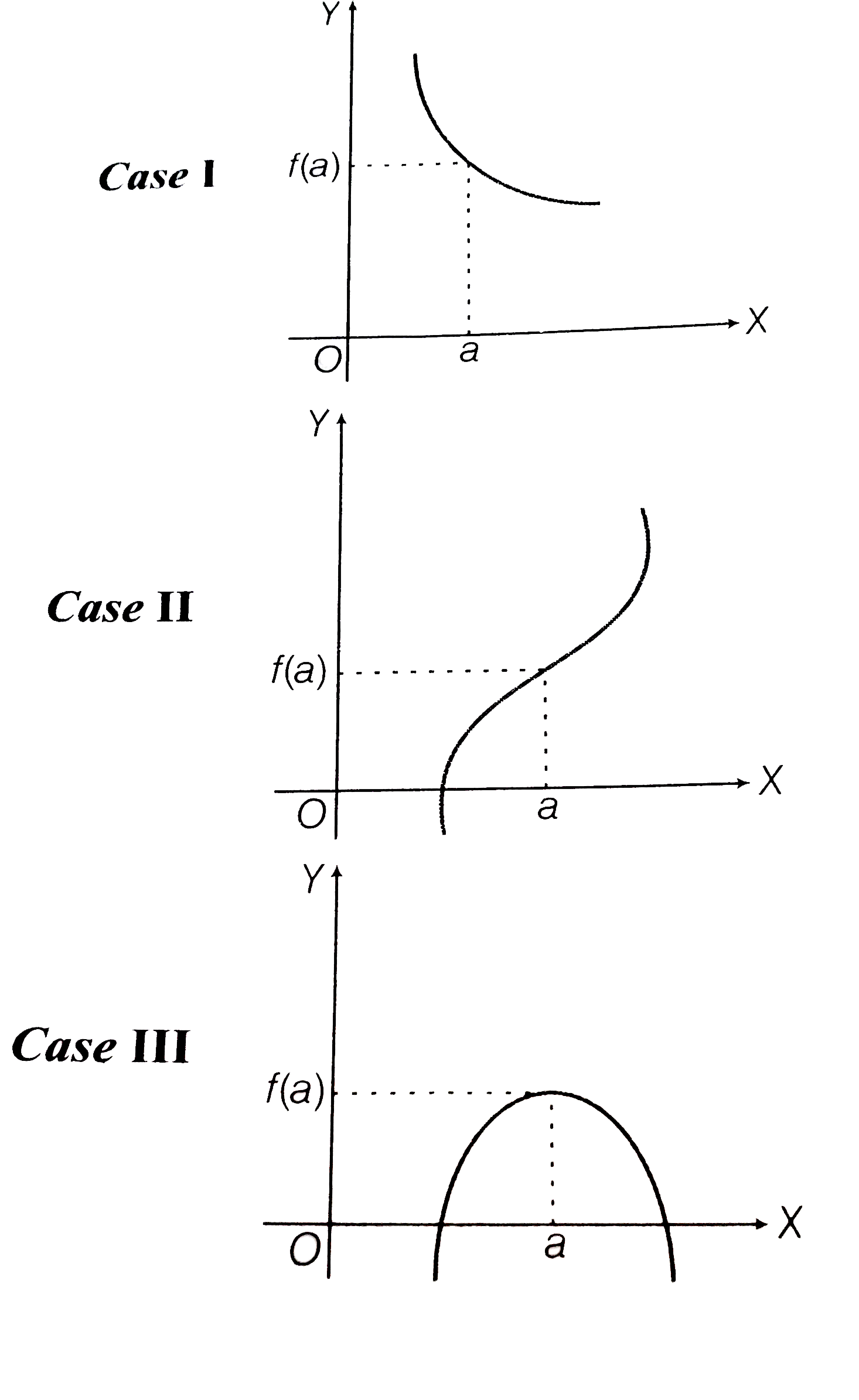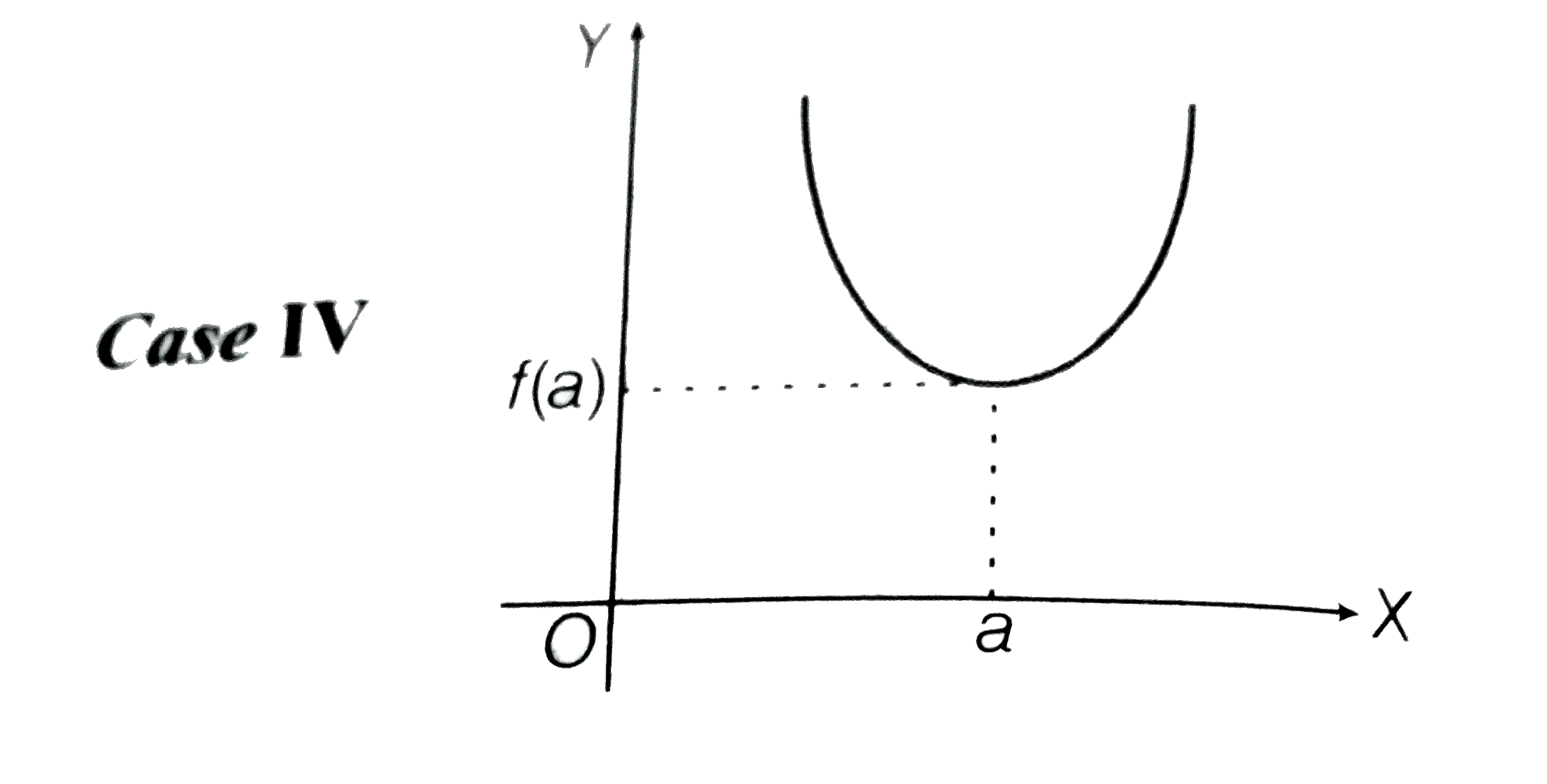If (lim)n→∞1(sin−1x)n+1=1,thenf∈dthevalueofxSolution in Punjabi
(−sin1,sin1)
(−1,1)
(0,1)
(−1,0)
The correct Answer is:A, C
Step by step video & image solution for If ("lim")_(nvecoo)1/((sin^(-1)x)^("n")+1)=1,t h e n find the value of x by Maths experts to help you in doubts & scoring excellent marks in Class 12 exams.
Updated on:21/07/2023Topper's Solved these Questions
- LIMITSBOOK - ARIHANT MATHSCHAPTER - LIMITSEXERCISE - SOLVED EXAMPLES
1 Videos
- LIMITSBOOK - ARIHANT MATHSCHAPTER - LIMITSEXERCISE - Exercise (Single Option Correct Type Questions)
38 Videos
- INVERSE TRIGONOMETRIC FUNCTIONSBOOK - ARIHANT MATHSCHAPTER - INVERSE TRIGONOMETRIC FUNCTIONSEXERCISE - Exercise (Questions Asked In Previous 13 Years Exam)
8 Videos
- LOGARITHM AND THEIR PROPERTIESBOOK - ARIHANT MATHSCHAPTER - LOGARITHM AND THEIR PROPERTIESEXERCISE - Exercise (Questions Asked In Previous 13 Years Exam)
4 Videos
Similar Questions
To evaluate limx→a[f(x)], we must analyse the f(x) in right hand neighbourhood as well as in left hand neighbourhood of x=a. E.g. In case of continuous function, we may come across followign cases.


Iff(a) is an integer, the limit will exist in Case III and Case IV but not in Case I and Case II. If f(a) is not an integer, the limit exists in all the cases. ltbgt If f'(1)=−3 and limx→1[f(x)−12] does not exist, (where [.] denotes the greatest integer function), then
View Solutionlimx→0sin(πcos2(tan(sinx)))x2 is equal to
View SolutionIf α=3sin−1(611andβ=3cos−1(49), where the inverse trigonometric functions take only the principal values, then the correct options (s) is (are)
View SolutionIn Which quadrant Point (−2,−3) will be lie.
View SolutionEvaluate (lim)n→∞n2∫1/n−1/n(2010sinx+2012cosx)|x|dx.
View Solution(lim)x→0(1−tanx1+sinx)cosec x
View Solution(i) Let h(x)=limx→∞x2nf(x)+g(x)1+x2n, find h(x) in terms of f(fx) and g(x)
(ii) without using L Hospital rule or series expansion for exevaluate limx→0ex−1−xx2
(iii) limn→∞⎡⎢ ⎢ ⎢⎣e1nn2+2(e1n)2n2+3.(e1n)3n2+.......+n(e1n)nn2⎤⎥ ⎥ ⎥⎦
(iv) limx→0[asinxx]+[btanxx] Where a,b are inegers and [] denotes integral part.
(v) limx→a(sinxsina)1x−a
View SolutionIf (lim)x→1asin(x−1)+bcos(x−1)+4x2−1=−2,then|a+b| is_______
View SolutionIf limn→∞1(sin−1x)n+1=1 ,then find the value of x.
View SolutionA function f:R→R is defined as f(x)=(lim)n→∞ax2+bx+c+enx1+c.enx is continuous on R then find the values of a,b,c.
View SolutionIf f(x)=(lim)n→∞(cos(x√n))n , then the value of (lim)(x→0)f(x)−1x is 0 b. 1 c. 2 d. 3/2
View SolutionEvaluate the following limit: (lim)x→0etanx−1tanx
View SolutionI fy=sec^(- 1)((x+1)/(x-1))+sin^(- 1)((x-1)/(x+1)),t h e n(dy)/(dx)
View SolutionLimx→1nxn+1−(n+1)xn+1(ex−e)sinπx जहाँ n=100 हो का मान बराबर होगा
View SolutionEvaluate : (lim)x→1(21−x2+1x−1)
View SolutionEvaluate: (lim)n→∞n−n2{(n+20)(n+2−1)(n+2−2)(n+2−n+1)}n
View Solution
